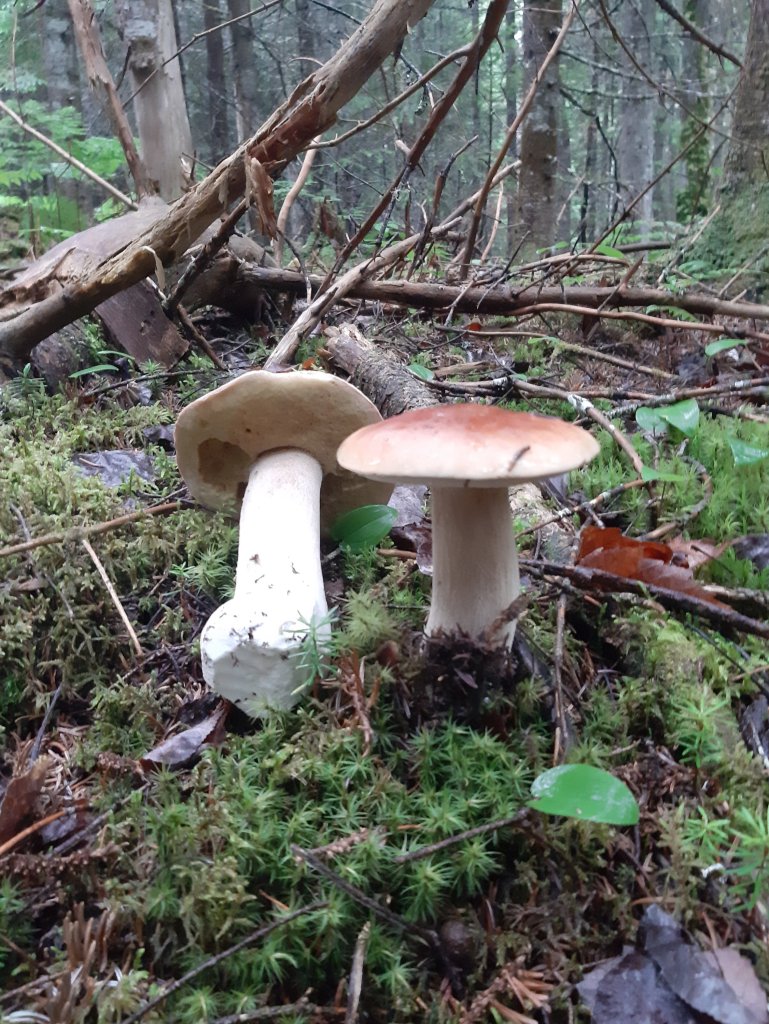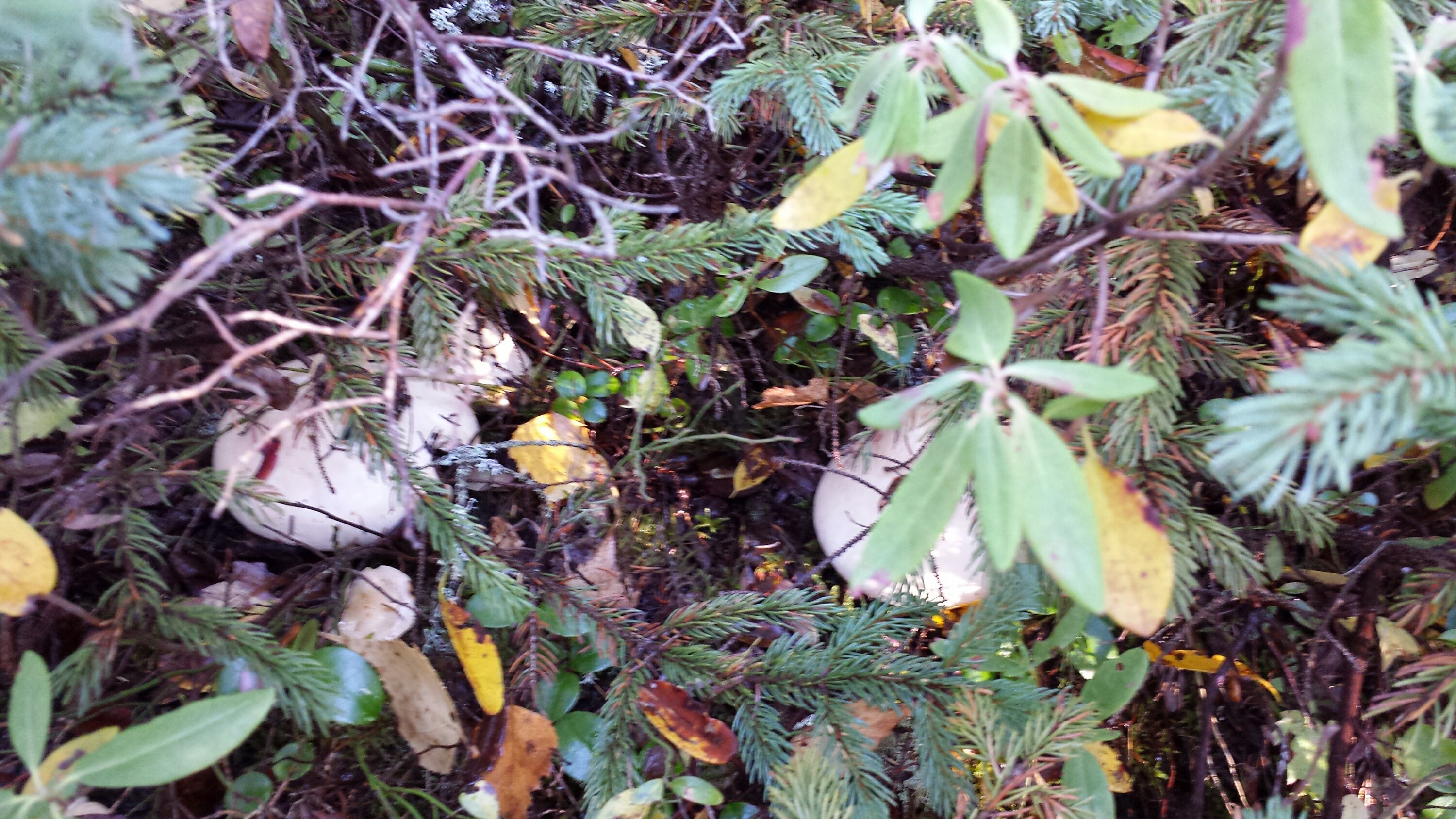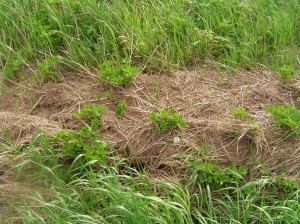
During July I seen a large area of Tragopogon pratensis which seemed suitable for gathering this plant if I can recall the location for next spring, this post should help:) Often this plant grows very well along roads and railways, the type of places you (do not) want to gather food from. Occasionally T prantensis will also grow in grassy areas along brooks & rivers which can provide for some safe gatherings depending on what is upstream. So since I’m right here right now actually searching for another plant of course lets see if I can find some T pratensis plants amongst the grasses.

If you look at the green plant leaves to the left of the center of the photo you will see the most dominant plant here which is a grass I can’t identify and to the right of center is a Tragopogon with very similar looking leaves though they are more numerous and you can circle them with your hand and follow them back to root.

Usually my main edible interest in this plant are the early spring growth of stems and leaves, today well into November with the temperature near 0 C the greens are less appealing to me so I think it will be time to dig a little deeper and see what the late fall roots look like. The more numerous and larger leaves should point to the largest roots.

These roots were a lot easier to remove from the soil than I expected. Many of these roots the size of a medium carrot. The leaves still are edible and nutritious but are most tender towards the root.

These are one of the better tasting wild roots, as good as most garden vegetables. Like Jerusalem Artichoke and Burdock, Tragopogon pratensis is a member of the Asteraceae family and it also contains inulin in its roots so many may get windy after a good feed of them. Tragopogon pratensis roots boiled for 5 to 7 minutes are very tender, I added butter and a little lemon juice, salt and pepper, very good.
Tags: foraging NB, new brunswick, tragopogon pratensis, Tragopogon pratensis roots, yellow goatsbeard














































